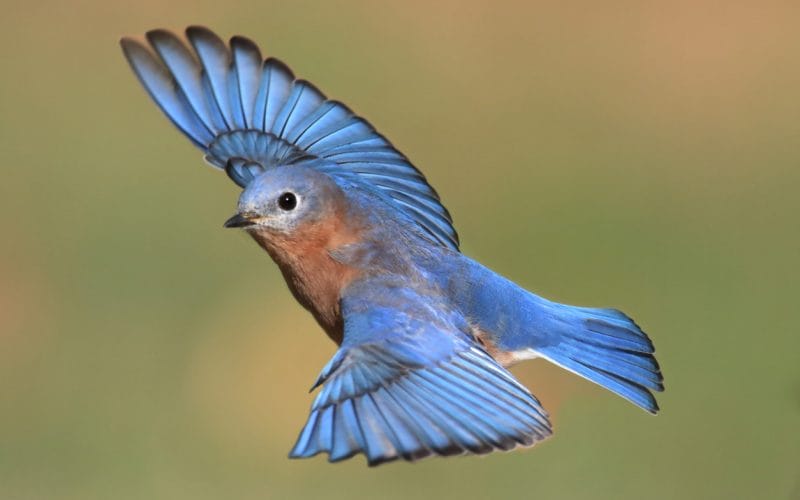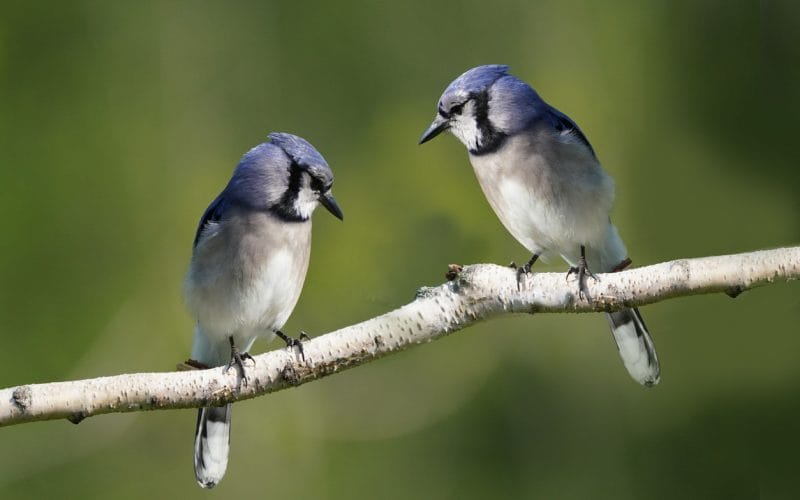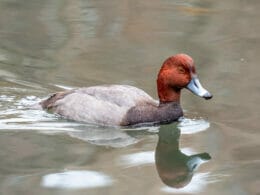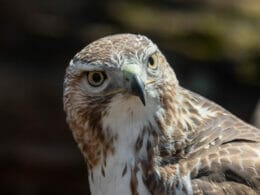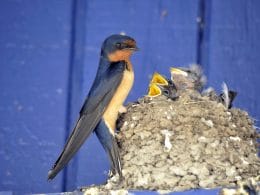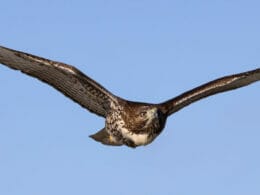Known for the longest freshwater shoreline in the USA and the whole world, the State of Michigan is famous for fishing, kayaking, jet-skiing, and other water activities. But did you know that it’s also home to about 450 bird species?
If you live in Michigan or are coming for a visit, you can actually meet some of these fantastic birds in your backyard. Keep on reading to learn more about them.
18 Bird Species that You Can Find in Michigan
Birdwatching is a fun activity with therapeutic benefits. It’s a good chance to get out of the house, calm your mind, and learn a thing or two about these amazing creatures.
And the best part is that you don’t have to drive your car or skip work since some of these birds can actually be found in your backyard, checking out the birdfeeder, or drinking out of a water fountain.
Here’s a list of the most common birds that you can see in your backyard if you’re in Michigan.
1. American Robin

The American Robin is the official bird of the State of Michigan and is quite common to find in your backyard. The arrival of the American Robin announces that spring is about to begin.
In addition to its cheerful song, the American Robin is known for its bright orange chest.
In your backyard, you’ll find the American Robin stalking earthworms. It will also get attracted to fruits that have bugs in them. When American Robins eat too many honeysuckle berries, the birds can sometimes become intoxicated.
2. Northern Cardinal
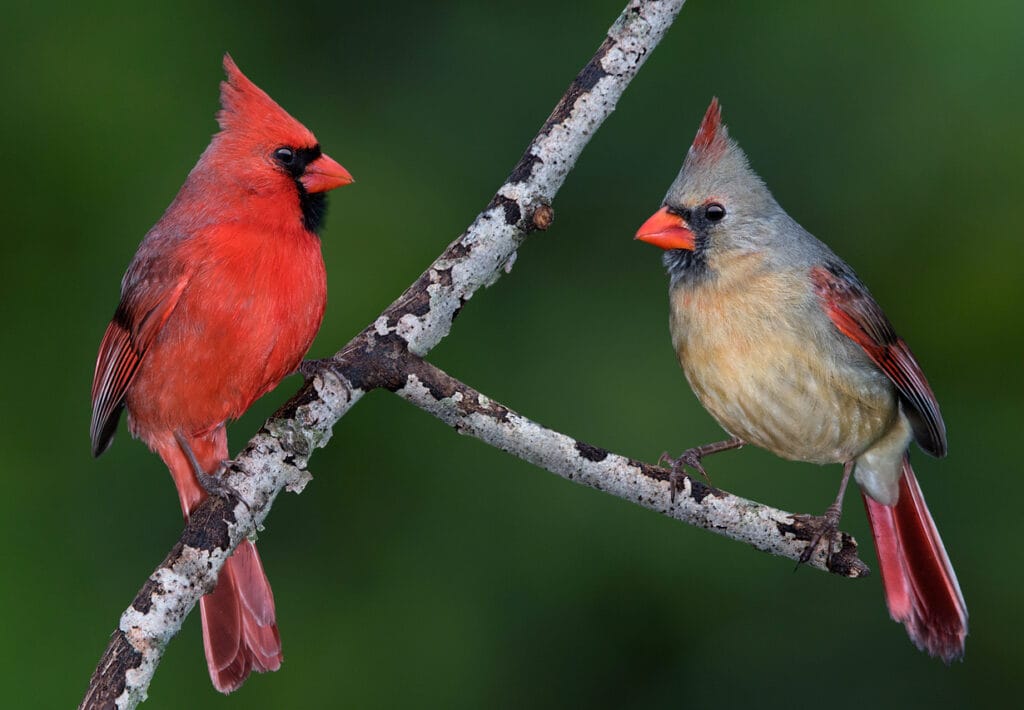
The Northern Cardinal is one of the most abundant songbirds in Michigan and can be easily spotted, thanks to its bright red plumage.
Female birds look a bit different with their pale brown plumage that features a few red tinges. But unlike other songbirds, both male and female birds sing, so you can listen to them in your backyard.
Author Note: Fill your birdfeeder with some sunflower seeds, and you’ll be attracting this bird to your backyard. It also feeds on fruits, spiders, butterflies, and moths.
3. House Sparrow

House Sparrows are among the most common birds to find. You can usually see these little birds hopping on the ground, and they can even feed out of your hands.
A House Sparrow has a gray head with a rufous neck. It’s usually seen around residential areas and in backyards.
At the feeder, the House Sparrow will accept any birdseed. It might come and visit your backyard, even if you don’t set up a feeder as it eats any discarded food.
4. Tufted Titmouse
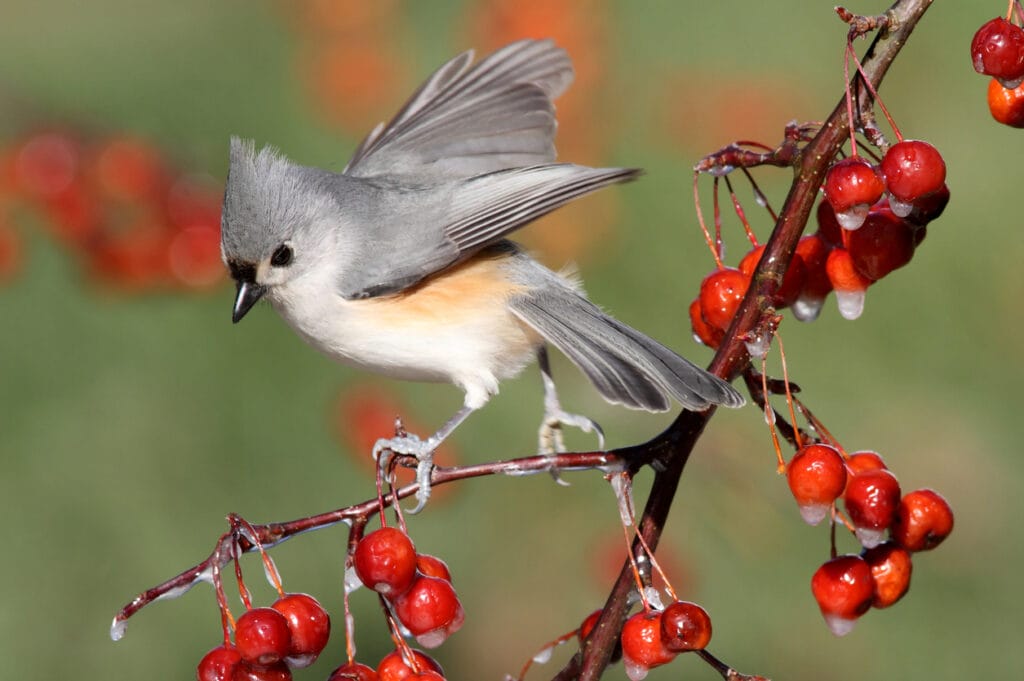
This little silver-gray bird is likely to visit your backyard (in Ohio too) a lot, especially in winter when food is scarce. Just make sure to fill your feeder with sunflower seeds, peanuts, and homemade suet.
You can see this bird feeding on snails, beetles, ants, and treehoppers in the summer. It also eats nuts and berries.
Since it’s a cavity nester, you can attract a pair to your backyard by setting up a nesting box. This bird socializes with other birds but can be noticed thanks to its high-whistled song.
5. Downy Woodpecker
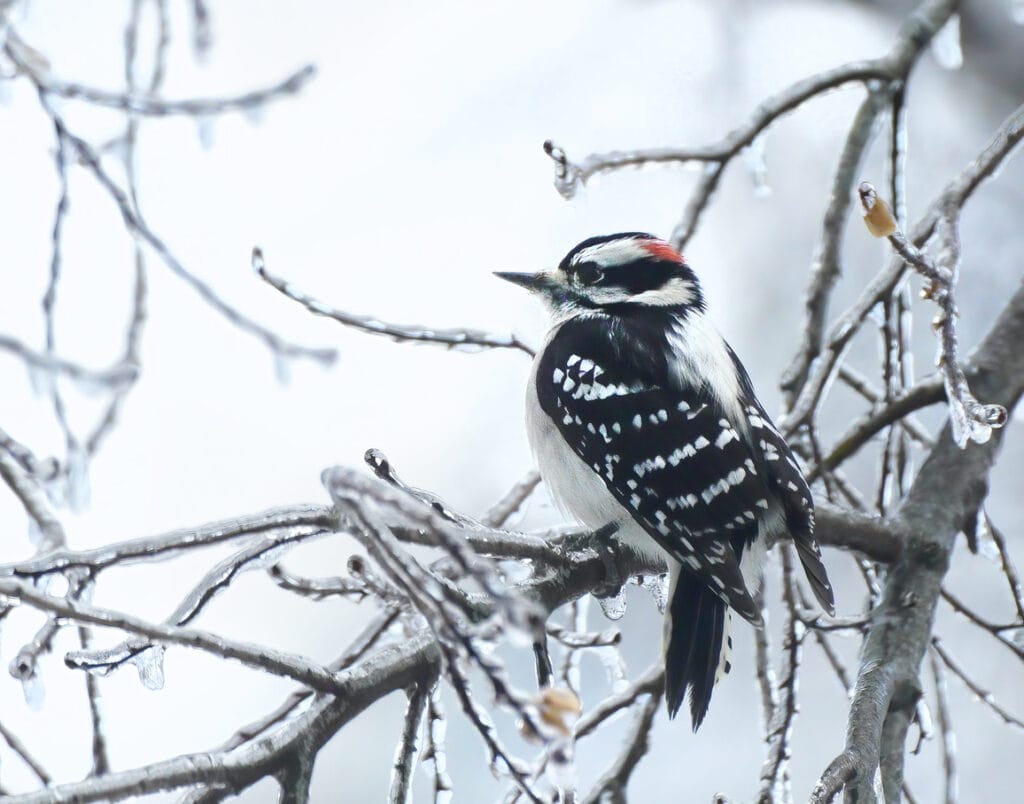
The Downy Woodpecker is a regular backyard visitor, especially if you have a bird feeder. It prefers black oil sunflower seeds and suet, but you can also fill your feeder with peanut butter, millet, and peanuts.
You can tell the male birds from the female ones easily, thanks to the red patch that grows on the back of the male’s head. The rest of the body is black with white markings.
Author Note: In winter, the Downy Woodpecker prefers to spend time with flocks of other birds. This way, the birds spend less time looking out for predators.
6. Black-Capped Chickadee
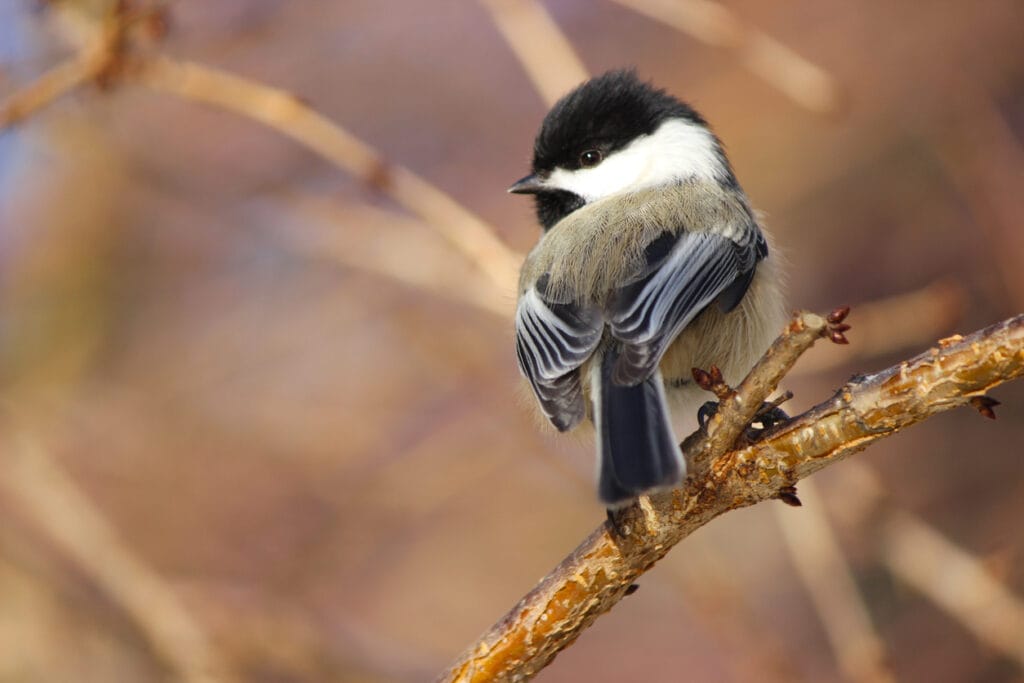
A lot of bird lovers think that this bird is cute because of its oversized head, tiny body, and overly curious attitude. It’s also highly adaptable, so it can easily share space with people in parks and backyards.
The Black-Capped Chickadee has a black head with white cheeks, and the rest of the body is gray.
Luckily, it’s one of the easiest birds to attract to a backyard feeder, whether you fill it with suet, peanuts, or sunflower seeds. If you have willow, birch, or alder trees, this will be a big plus since these trees provide adequate nesting habitat for the Black-Capped Chickadee.
If you want to attract a nesting pair to your backyard, set up a nesting box and fill it with sawdust or wood shavings.
7. Blue Jay

The Blue Jay is a large songbird with a blue and black plumage but, be aware; this beautiful bird is rather noisy.
It migrates for thousands of miles along the Great Lakes and the Atlantic Ocean, but some birds don’t migrate and stay in their range all year long.
Your backyard will be the Blue Jay’s favorite spot if you plant oak trees that make acorns available. It also prefers tray feeders filled with peanuts, suet, and sunflower seeds.
It sometimes feeds on nuts, grains, and dead invertebrates, but it won’t hesitate to raid nests for eggs and nestlings.
8. American Crow
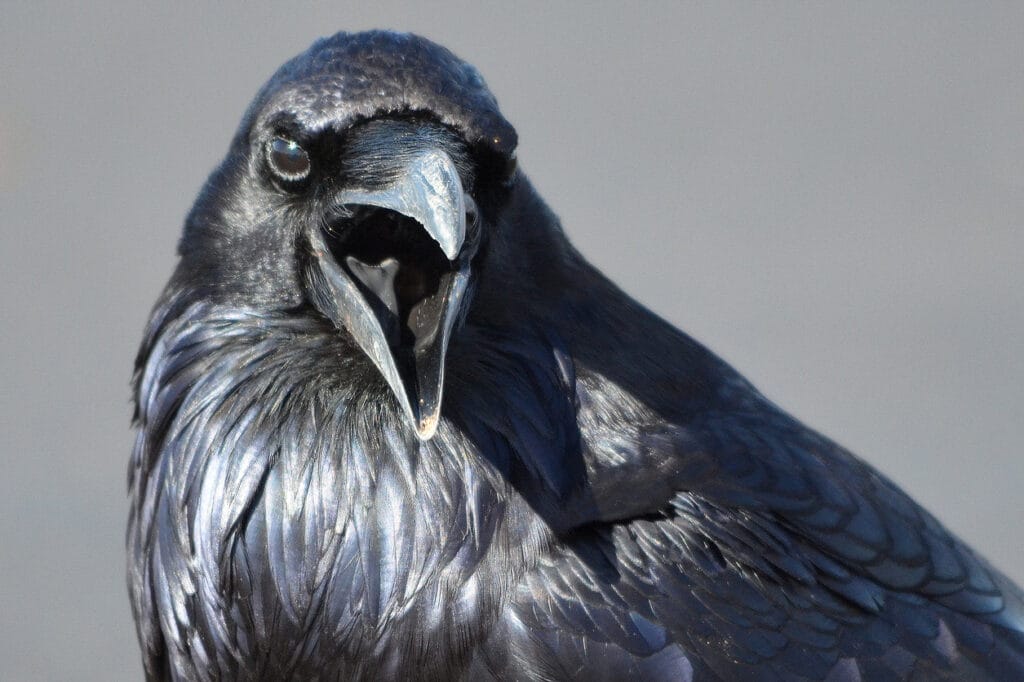
The American Crow is all glossy black, including the legs and the bill. It’s an intelligent bird and one of the most sociable ones, usually flying in flocks of thousands of individuals.
This bird is a problem-solver and can sometimes be mischievous. It doesn’t mind chasing bigger birds, including owls and hawks.
The American Crow doesn’t usually visit backyard feeders, but it will appreciate it if you leave some peanuts in the open. It also gets attracted to garbage cans, compost, and pet food when left outside.
9. American Goldfinch

This little bird has an eye-catching acrobatic flying style. It has a bright yellow body with some black markings, and the female birds look paler than the males.
People know that the warm season has started when they see the bright feathers of the American Goldfinch, as it molts its body twice, once in late summer and another one in late winter.
You can attract this bird to your backyard (especially in Pennsylvania) by planting native thistles. It gets attracted to any kind of feeder, including hanging feeders that sway with the wind. You can even see it catching the spilled seeds under a feeder post.
The American Goldfinch is strictly vegetarian and usually feeds on seeds from composite plants. At feeders, it prefers nyjer and sunflower seeds.
10. Mourning Dove
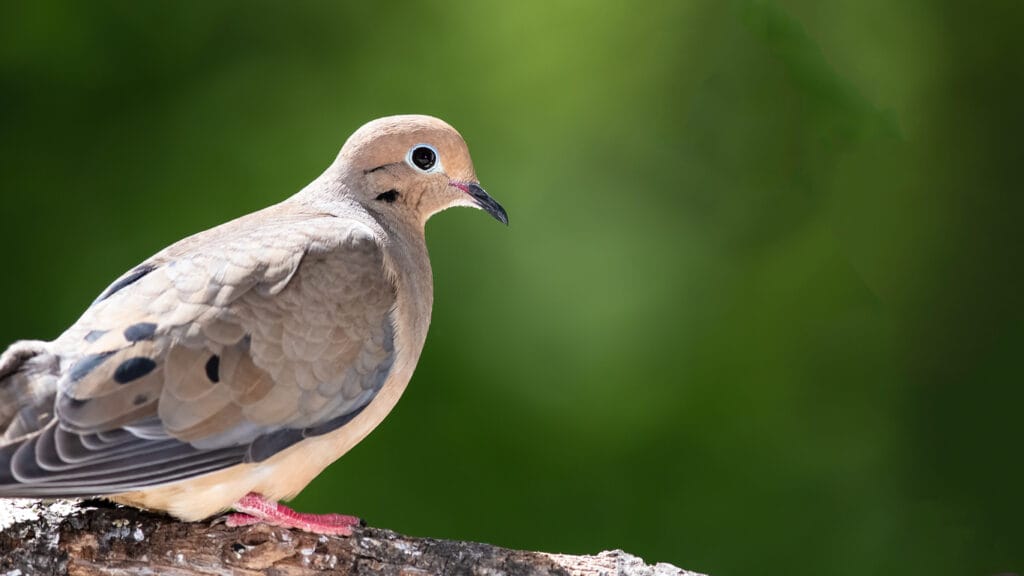
Unlike most birds, the Mourning Dove spends most of its time on the ground, looking for seeds and stocking grit. It can also be seen perching on telephone wires around the neighborhood.
The Mourning Dove has a brownish-buffy tan plumage with black spots, and it has a soft call.
Author Note: These birds swallow the seeds and store them in the esophagus. After that, they fly away to digest the meal peacefully.
Spill some millet on the ground to attract the Mourning Dove to your backyard, but make sure that your pet cat is kept inside.
11. Ruby-Throated Hummingbird

The Ruby-Throated Hummingbird is emerald green, and the male birds have an iridescent red throat. You can attract this bird to your backyard by planting tubular flowers or setting up a hummingbird feeder.
It’s not a shy bird and can be seen among other birds and even feeding at the feeder next to your window.
Homemade nectar can be made without food coloring and should be changed periodically because the sugar turns into intoxicating alcohol. You should make sure that the hummingbird feeder is set up in a safe place, especially if you have a house cat that might catch these colorful birds.
12. Eastern Bluebird
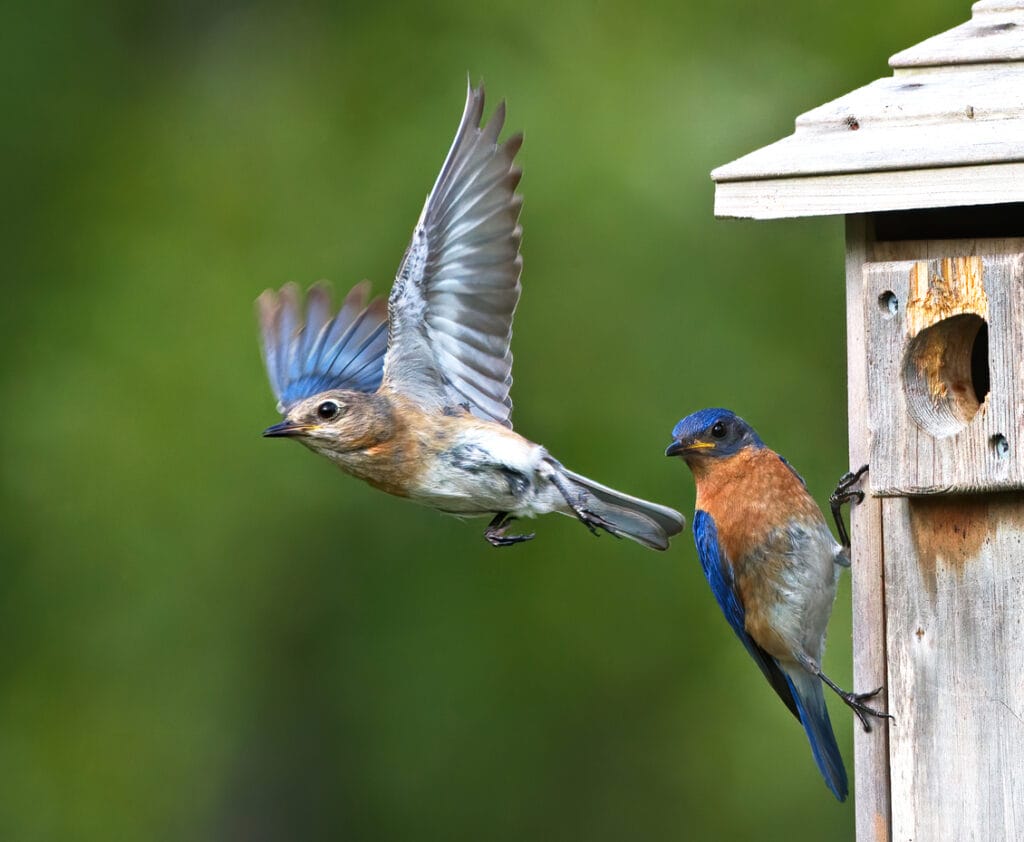
The male Eastern Bluebird has deep blue plumage with a brick-red chest, while the female is grayish-blue with blue wings and tail. It won’t come to your backyard feeder unless you offer mealworm.
It can be seen perching on telephone wires, scanning the ground for prey, and usually feeds on spiders, beetles, and caterpillars that it can find on the ground. After catching an insect, it usually makes a show of it.
You can have fun while watching how a male Eastern Bluebird attracts a female to his nest. He brings the nest material to the hole and flaps his wings to attract the female’s attention, but she’s solely responsible for building the nest.
13. House Finch
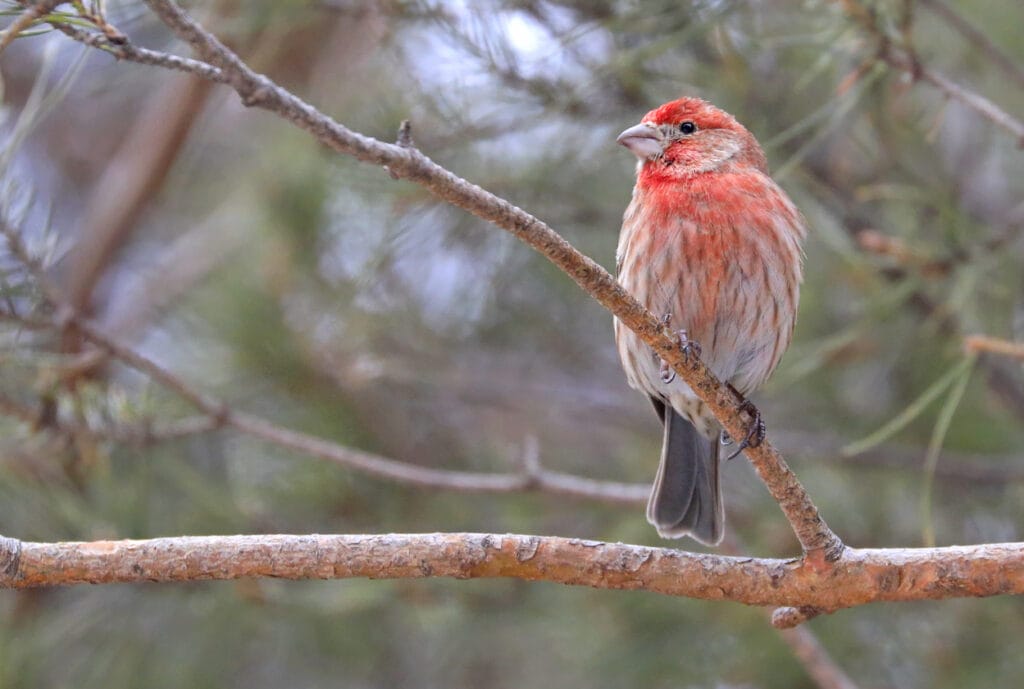
The House Finch is a social bird that doesn’t mind being around people in backyards, residential areas, and parks. The males are rosy red, but the brightness degree changes throughout the bird’s life and is highly affected by its diet.
Attracting the House Finch to your backyard is a risky game because once it discovers that you offer food, it will bring a flock of 50 birds or even more to feed. These groups can be quite noisy.
It feeds on different parts of plants like the fruits, buds, and seeds, but it will settle for the black oil sunflower seeds you offer at the feeder.
14. Red-Bellied Woodpecker

The Red-Bellied Woodpecker is known for its bright red cap. The rest of the body is rather pale, with some black markings on the back.
If you have some dead trees in your backyard, the Red-Bellied Woodpecker will be encouraged to forage for food or even excavate a nest.
It can be seen drinking nectar from hummingbird feeders, and will appreciate it if you fill a feeder with suet or peanuts in winter. You can tell that this woodpecker is around thanks to its loud call, especially in spring and summer.
15. White-Breasted Nuthatch
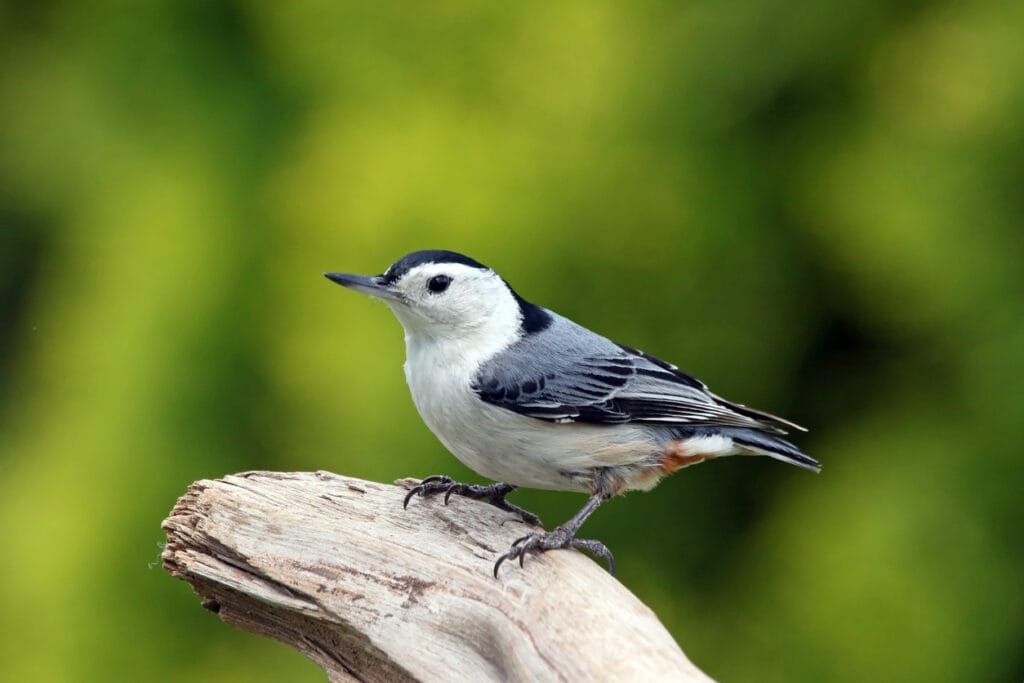
The White-Breasted Nuthatch is a common feeder bird that prefers large nuts like peanuts and sunflower seeds. It’s a small bird with a blue-gray back and white face, in addition to a black cap that frames the face.
Pairs usually stay together throughout the year and usually join forces with Chickadees to look for food.
You might see a White-Breasted Nuthatch making quick trips from and to the feeder. It usually stores the seeds in furrows in the bark of trees to eat them later.
16. European Starling
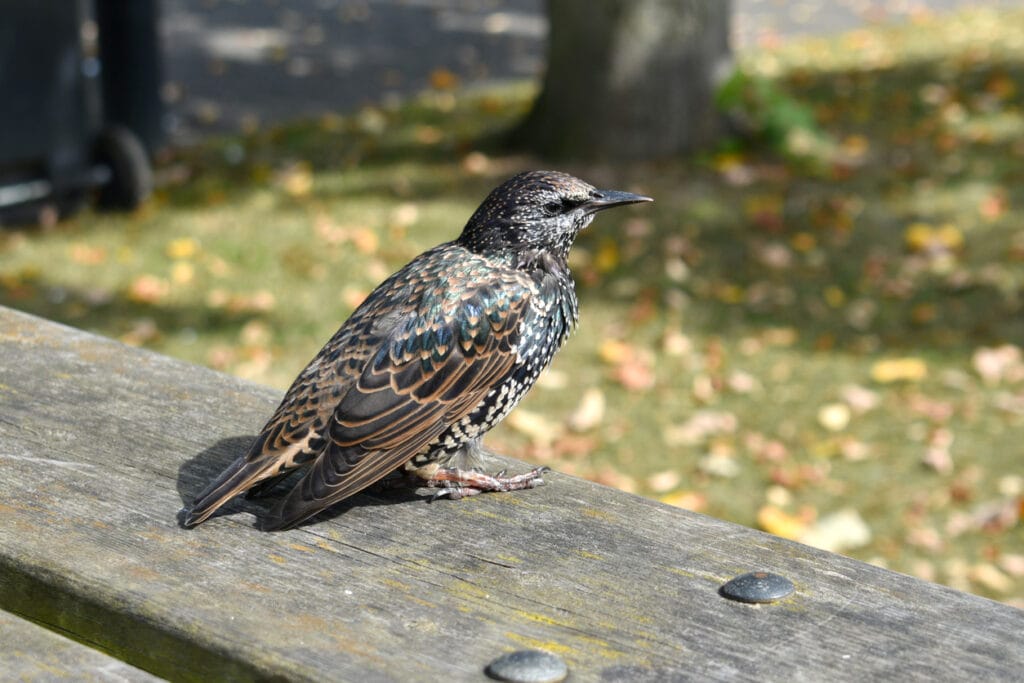
The European Starling shows white spots in the winter but turns glossy and dark in summer. It might look black from a distance, but it has beautiful purplish-green iridescent plumage.
Author Note: It has once been resented for the nuisance it causes, but it’s still one of the fun birds to watch in Michigan as it imitates the sounds of phones and car horns.
It often comes to bird feeders and can be seen moving in a zigzag line on the ground. The European Starling feeds on seeds, grains, fruits, nectar, invertebrates, and insects. It even feeds on livestock feed and garbage.
17. Northern Flicker

The Northern Flicker is a large bird, spending most of its time on the ground. It has brownish plumage with some bright yellow feathers that appear on the wing and tails. These feathers are bright red for Western Northern Flickers.
Although it doesn’t visit bird feeders, you can find it in your backyard if you have a birdbath.
It usually digs the ground and feeds on ants and beetles using its curved bill. You can expect this woodpecker to cause some noise as it likes to drum on wooden and metal objects as means of communication.
18. Red-Winged Blackbird
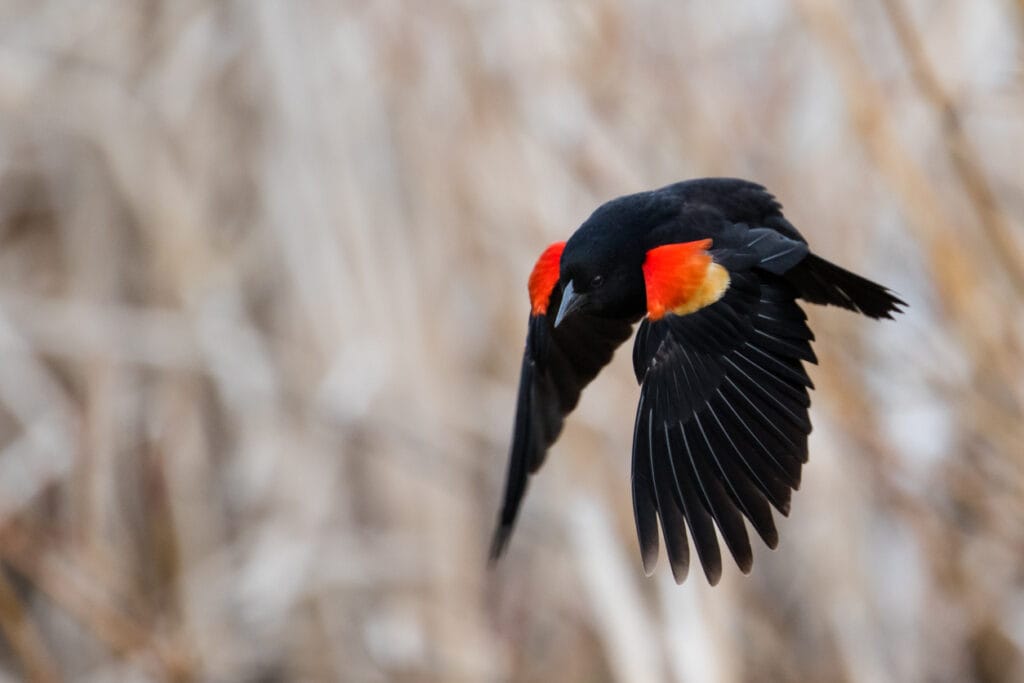
This bird is known for its glossy black body and yellow and scarlet shoulder patches. Female birds look different with their brownish-streaked bodies.
The Red-Winged Blackbird is highly territorial and usually engages in fights. One male bird can take up to 15 female mates at a single time.
It gets attracted to backyard feeders, especially if you offer mixed grains and seeds. You can also scatter them on the ground, where the bird likes to look for food.
Wrap Up
Throughout the year, you’ll be able to see these amazing birds in your backyard in Michigan. You can even get out of the house and spend some time in its national parks, where you’ll be able to see and study more of these brilliant creatures.
FAQ
Michigan is home to a diverse range of bird species, including many that are native to the state and others that migrate through or overwinter there. Some of the most common bird species in Michigan include the American Robin, the Common Grackle, the Eastern Bluebird, and the American Goldfinch.
The Kirtland’s Warbler is a bird species that is only found in Michigan. It is a critically endangered species that breeds in the northern hardwood forests of the Upper Peninsula and nests on the ground.
The Piping Plover is a rare bird species that can be found in Michigan during the summer months. It is listed as threatened under the Endangered Species Act.
Some of the big birds of Michigan include the Bald Eagle, the Great Blue Heron, and the Turkey Vulture.





